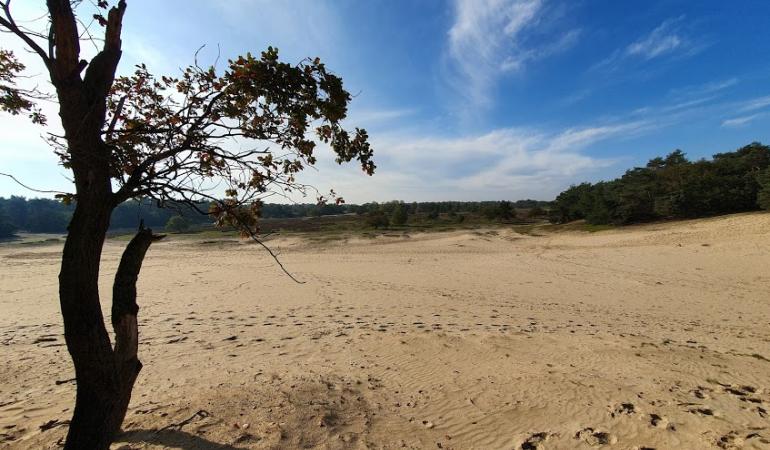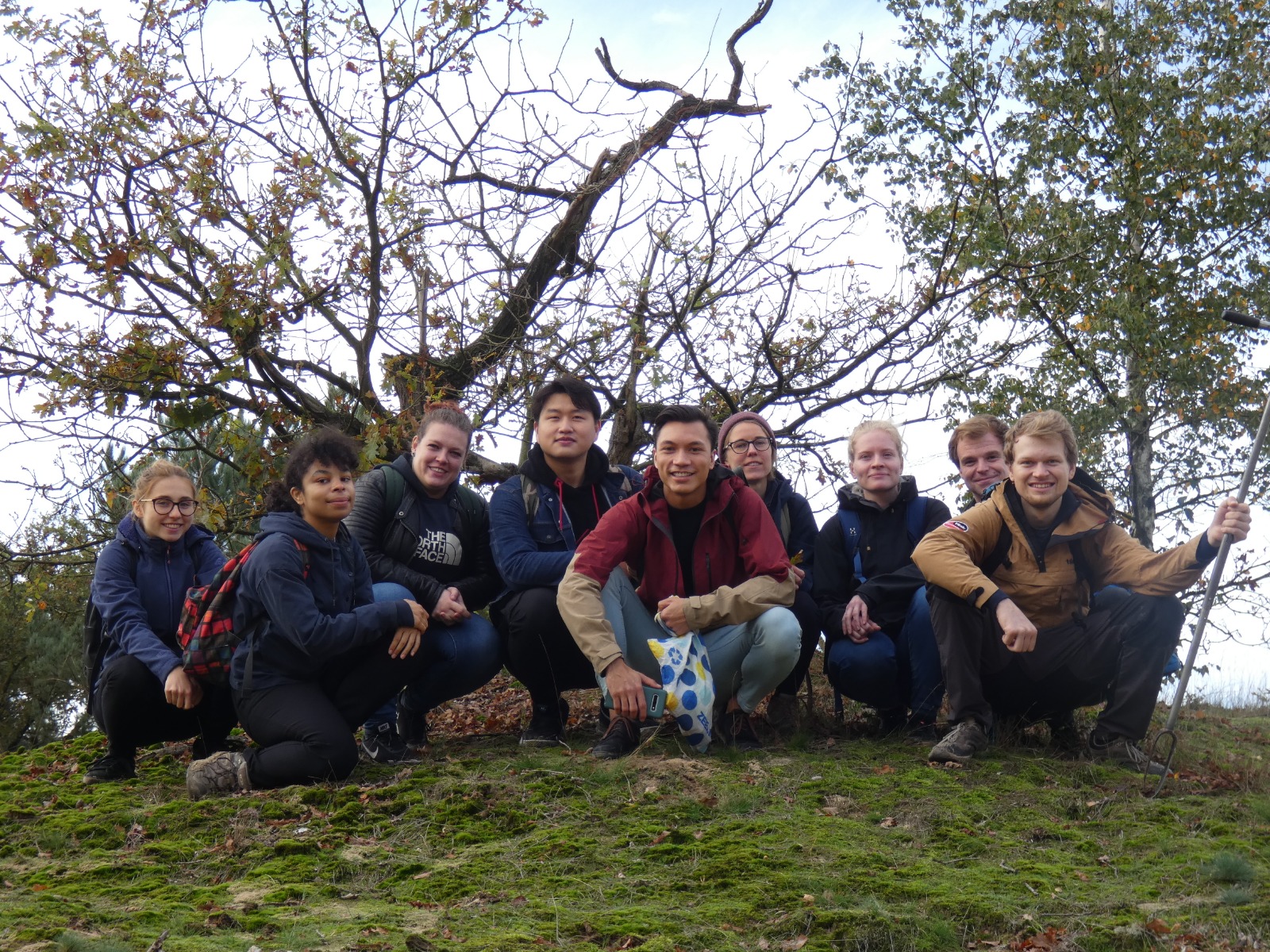
Three teams- one goal
In a cooperation of three parties, The Provence of North Brabant, Natuurmonumenten and Atlas Natural Capital, we, students from Avans university, were asked to investigate and monitor the Loonse and Drunense Duinen.
In our investigation we are asked to determine the effectiveness of the mitigation measures taken to lower the nitrogen amount in the area, by soil and water analysis as well as using drone images to classify the area. By classifying the area the increase or decrease in area of shifting sands, heather, grass and forest can be calculated and compared with previous years of investigation.
Two of the student teams will focus on another project in this area: the health of the Oak trees. The idea is that the health of the oak trees in the Loonse and Drunense Duinen is declining without knowing the exact reason. In this study healthy and unhealthy trees will be compared in the investigation of the micronutrient content in leaves, the mycorrhizal fungi in the soil, ground-truthing and NDVI remote sensing images (showing the chlorophyll content). The mycorrhizal fungi are connected to the roots of the trees and improve the nutrient uptake. The mycorrhizal fungi population can be affected causing a lower nutrient uptake. The NDVI images can show which trees are healthy and which are not.
Loonse en Drunense Duinen
Loonse en Drunense Duinen is a national park, famous as an inland dunes spot in the North Brabant, a province in the South Netherlands. It originated when sand from
the North Sea basin was delivered by the wind current after the last ice age, where glaciers deposited significant amounts of sand. Daily dynamics of the dunes are changed by an increased rate in succession, caused by nitrogen deposition. Pollution like fertilizers, full of nutrients cause alternations of fauna and flora, making it less diverse. Because of species, very unique to the inland dunes environment, this ecosystem needs protection. Animals and plants that live in inland dunes are used to extreme conditions, to maintain them action had to be taken.Methods of topsoil removal, tree felling and sheep grazing were introduced in the area, in order to restore the inland dunes.
Read about the projects in the three STORYMAPS:
Loonse en Drunense Duinen
Oak trees 1
Oak trees 2
